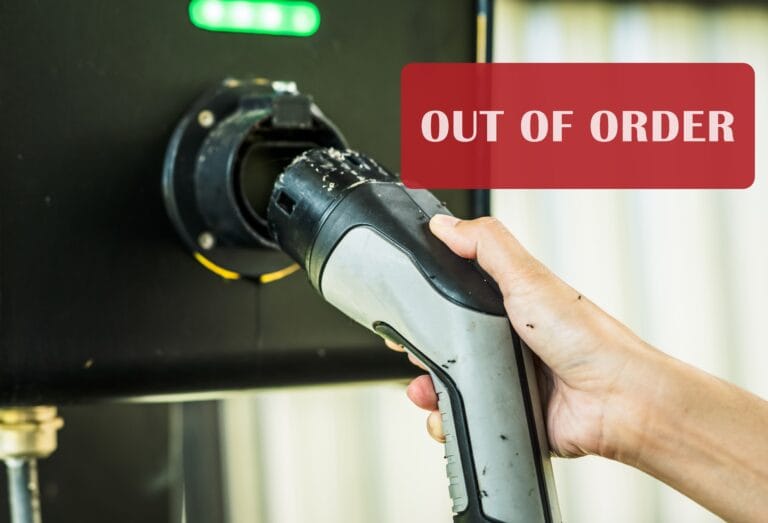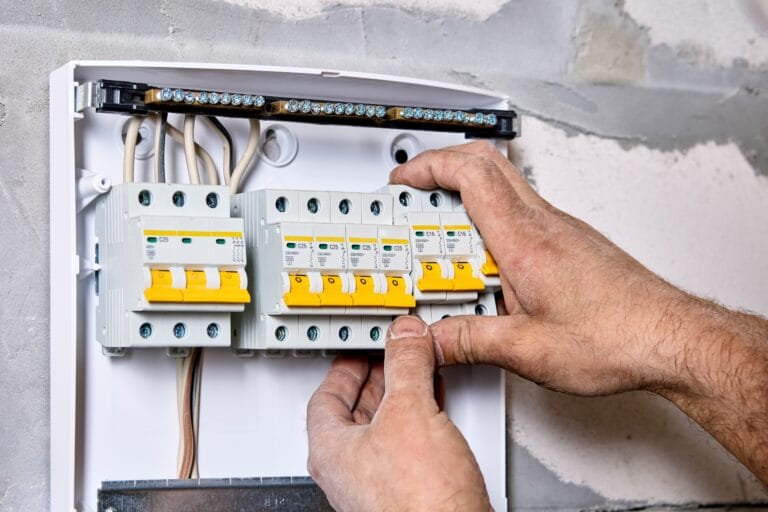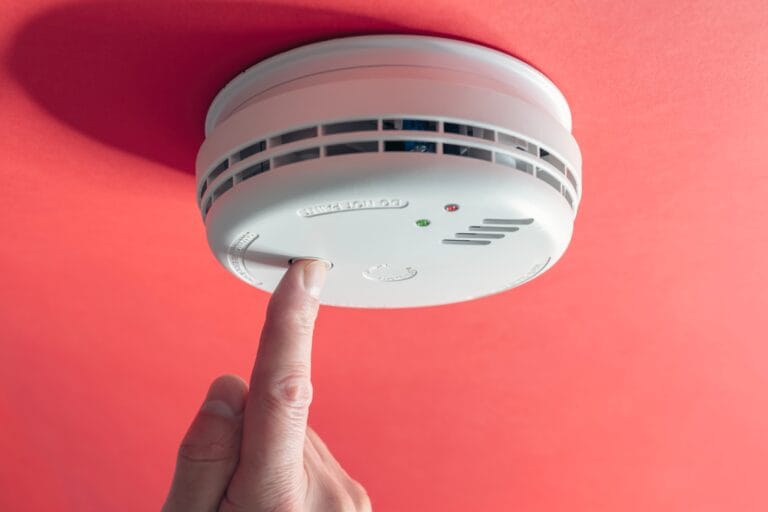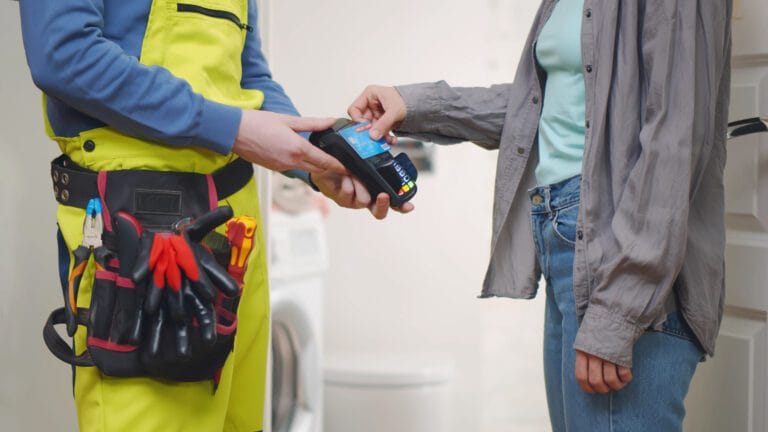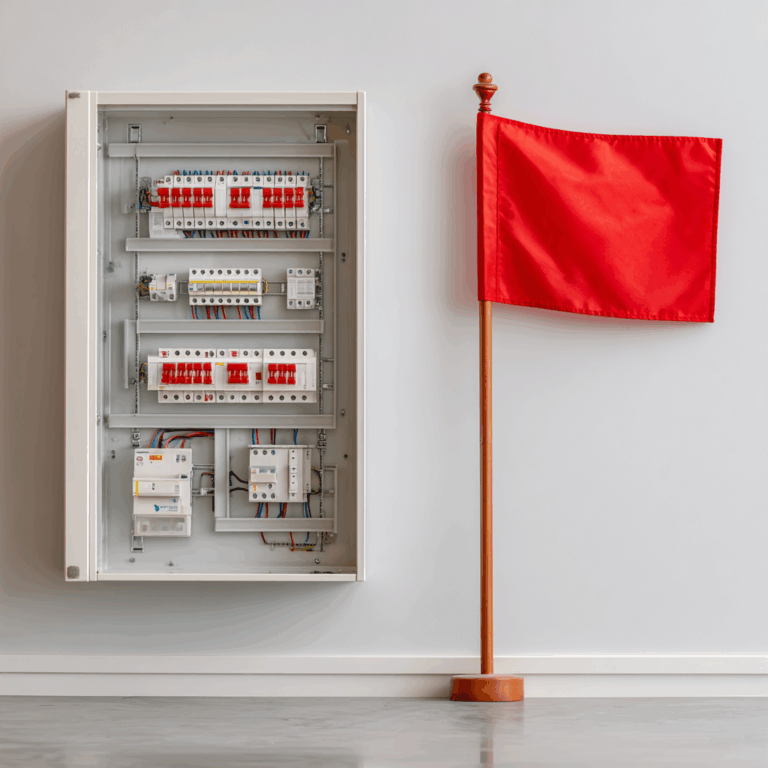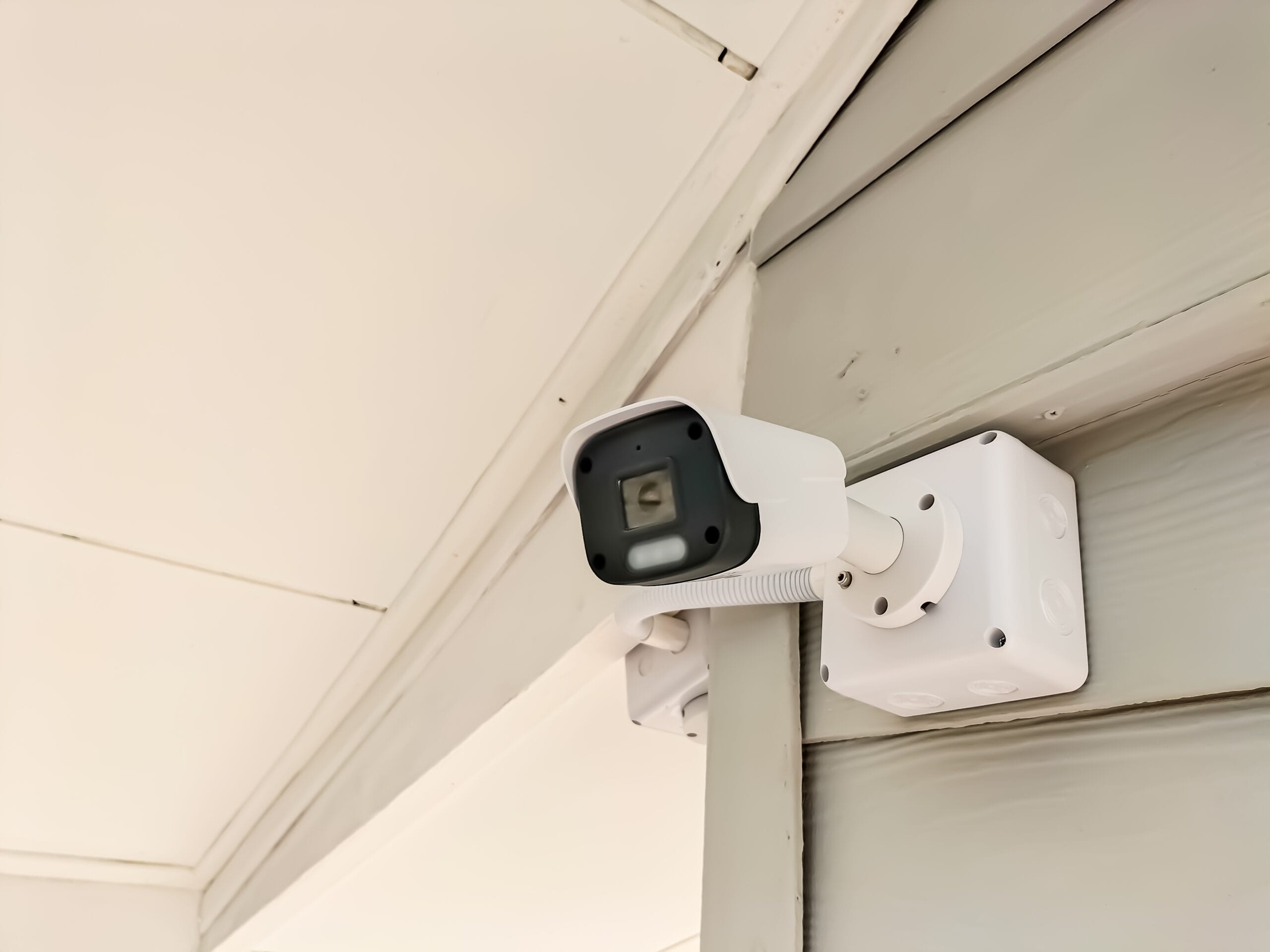
Security in rental properties is a top priority for both tenants and landlords. Ensuring the safety of residents and their belongings is crucial, leading to a rising interest in security cameras among tenants.
Apartment and Rental Property Security Camera Installation: What Tenants Need to Know highlights the growing trend of tenants seeking to install security cameras. This trend underscores the desire for added peace of mind and protection against potential threats.
In Victoria and across Australia, legal and practical considerations come into play. Tenants must navigate specific regulations governing surveillance equipment, ensuring they comply with local laws while addressing their security needs.
Understanding the balance between security measures and privacy rights is essential. This guide provides insights into rental property camera laws in Australia, emphasizing tenant security camera rights within the context of Victorian legislation. Key points include:
Understanding Security Camera Installation in Rental Properties
The security camera installation in rental properties directly impacts daily life for both tenants and landlords. For tenants, cameras serve as a proactive measure to deter theft, monitor package deliveries, or provide peace of mind when away. Landlords view security camera installation as a way to protect common areas, regulate property access, and address liability concerns.
Indoor vs Outdoor Camera Installations:
Indoor Cameras:
Tenants often prefer these for personal safety inside their leased space. Examples include cameras facing the entryway or living room.
Outdoor Cameras:
These are commonly installed to cover building entrances, parking lots, or shared pathways.
Common Areas vs Private Tenant Spaces:
Common Areas:
Landlords may install cameras in hallways, laundry rooms, entry lobbies, and car parks. These installations aim to enhance communal security but must comply with privacy laws.
Private Spaces:
Tenants have exclusive rights over their leased area. Security cameras here fall under tenant rights Victoria regulations—landlord permissions for cameras in private units are generally limited unless specified in the lease.
Understanding these distinctions helps tenants and landlords align expectations and ensures security camera installation in rental properties meets both legal requirements and practical needs.
Legal Framework Governing Security Cameras in Victoria
Victorian privacy laws set clear boundaries on surveillance practices to protect the privacy rights of tenants. Under the Surveillance Devices Act 1999 (Vic), it is illegal to install, use, or maintain a listening device or an optical surveillance device to record private activities without consent.
Restrictions on Camera Placement Respecting Tenant Privacy
Rules Regarding Audio Recording Devices and Consent Requirements
Strict adherence to these regulations ensures tenant privacy rights are upheld while maintaining property security.
Tenant Rights and Responsibilities Regarding Security Cameras
Understanding tenant rights and responsibilities is crucial for any rental property security camera installation.
When Tenants Can Install Indoor Cameras Without Landlord Consent
Tenants in Victoria can generally install indoor security cameras within their rental units without needing landlord consent, provided these installations do not cause damage or require significant alterations to the property. It’s vital that these cameras respect privacy laws and are not placed in private areas such as bathrooms.
Necessity of Landlord Approval for Outdoor or Common Area Cameras
Installing cameras in outdoor spaces or common areas shared with other tenants requires landlord approval. This is because these areas fall under the landlord’s jurisdiction and may impact other tenants’ privacy. Always seek explicit permission and ensure clear communication with your landlord before proceeding with such installations.
Importance of Reviewing Lease Agreements for Specific Clauses About Modifications or Surveillance Equipment
Reviewing your lease agreement is essential to understand any specific clauses related to modifications or surveillance equipment. Some leases may have stipulations that either allow or restrict the installation of security cameras. Adhering to these clauses helps maintain a good tenant-landlord relationship and ensures compliance with legal obligations.
By adhering to these guidelines, tenants can effectively balance their need for security with respect for legal requirements and landlord-tenant agreements.
Landlord’s Role and Limitations in Installing Security Cameras
Landlords have a clear set of rights and responsibilities regarding camera installation in Victoria’s rental properties. The law permits landlords to install cameras in common areas or on the building’s exterior if the purpose is legitimate—such as deterring crime, monitoring entrances, or protecting shared facilities. These common areas may include hallways, parking lots, foyers, shared laundry rooms, and external entry points. This is known as common area surveillance.
Tenant Privacy Protections
Strict boundaries exist to protect tenant privacy:
- No cameras are allowed inside private living spaces such as bedrooms, bathrooms, or within the leased premises itself.
- Devices must not be positioned to capture footage from inside a tenant’s apartment through windows or doors.
Transparency and Communication Requirements
Victorian law enforces transparency and communication. Landlords are required to:
- Give tenants advance written notice before installing any new surveillance devices in common areas.
- Clearly communicate the reason for installation, camera locations, and how recordings will be used or stored.
Violating these obligations can lead to significant legal repercussions. Tenants have the right to challenge unlawful monitoring or demand changes to camera placement if privacy is compromised. Landlord camera installation rights Victoria remain balanced by strong privacy protections for all residents.
Security measures must never override a tenant’s right to quiet enjoyment of their home. Clear notification and respect for personal boundaries ensure trust between landlords and tenants while enhancing property safety.
Practical Considerations for Tenants Installing Security Cameras
Choosing Professional Installers
Selecting professional installers who are familiar with local laws is crucial. Look for reputable installation companies in Victoria that have experience with rental properties. They will ensure the setup complies with legal requirements and respects the boundaries of tenant privacy.
Positioning Cameras
Effective positioning of cameras is key to maximizing security while avoiding privacy infringement. Here are some best practices for security camera installation for tenants:
Notifying Landlords
Prior to installation, notify your landlord as a legal safeguard and courtesy. Open communication can prevent misunderstandings and ensure compliance with any lease-specific clauses related to surveillance equipment. This is especially important as outlined in the Idaho Landlord Tenant Law, which provides valuable insights into the rights and responsibilities of both parties.
By following these practical considerations, tenants can effectively enhance their security while maintaining respect for privacy and legal guidelines.
Data Management, Privacy Concerns, and Alternatives to Security Cameras for Tenants
Importance of Secure Video Footage Storage
Storing video footage securely is paramount. Under Victorian law, it must be encrypted and retained only for as long as necessary, typically not exceeding 30 days unless required for an investigation. This highlights the need for NDAA compliance in video surveillance, ensuring that the storage and management of such data adhere to legal standards.
Balancing Landlord Access Rights and Tenant Privacy Protections
Balancing landlord access rights with tenant privacy protections is crucial. Landlords may request footage if it pertains to security issues but should not have unrestricted access to avoid privacy infringements.
Legal Consequences of Misuse or Unauthorized Sharing of Recorded Footage
Misuse or unauthorized sharing of recorded footage can lead to serious legal consequences. Ensure that all parties involved understand the legal ramifications and adhere strictly to privacy guidelines. It’s essential to note that certain HIPAA photography rules might apply in specific scenarios, further complicating the legal landscape.
Alternatives to Security Cameras for Effective Security
When camera installation is restricted by lease or law, consider using motion detectors or smart locks. These provide effective security without compromising privacy. Motion sensors can alert tenants to movement in specified areas, while smart locks offer enhanced entry control.
Alternative security measures that respect privacy concerns include:
Choosing these options ensures you maintain high security standards while respecting legal boundaries and personal privacy.
Steps Tenants Should Take Before Installing Security Cameras
Security upgrades bring peace of mind, but every step must be precise and compliant. Use this installing cameras rental checklist Victoria to ensure no detail is missed:
1. Consult Local Regulations or Seek Legal Advice
Victorian law sets clear boundaries for surveillance in residential properties. Before any installation, check relevant legislation such as the Surveillance Devices Act 1999 (Vic).
When in doubt, legal advice tenant security systems Australia can clarify grey areas—especially if your property manager or landlord raises concerns.
Community legal centres or tenants’ unions provide accessible resources and guidance.
2. Review Your Lease Agreement Thoroughly
Lease agreements often include clauses about making modifications or introducing surveillance equipment.
Look for restrictions on drilling, wiring, or mounting devices on walls and doors.
Some agreements prohibit alterations without written approval; breaching this may risk eviction or loss of bond.
3. Document All Communication with Your Landlord
Notify your landlord in writing before installing any cameras—attach diagrams or photos showing camera placement if needed.
Keep all correspondence, including emails and responses, securely filed.
This record acts as proof of transparency and protects your rights if disputes arise.
With each box ticked on the checklist, tenants reduce risk while ensuring a smooth process for upgrading security at home.
Conclusion
Tenant security awareness in Victoria is more vital than ever. By prioritising responsible camera use in rentals across Australia, residents and landlords protect both property and privacy. Apartment and Rental Property Security Camera Installation: What Tenants Need to Know empowers renters to take proactive steps—ensuring every installation aligns with legal requirements, lease agreements, and mutual respect. Make security decisions confidently by staying informed, consulting professionals, and considering all privacy implications before acting. Safety thrives where compliance and courtesy go hand in hand.


